ITA II Nairobi- 201 products of non-consumer goods to go on Zero Duty in next 7 Yrs
Updated: Jan 04, 2016 12:09:19pm
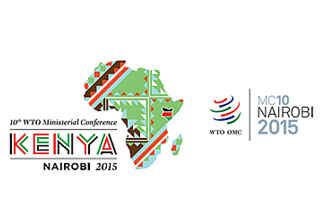
All the electronics super powers, namely the US, Japan, China, Korea, Thailand and Malaysia, the EU and Canada are in the boat. In all, there are 53 signatories in ITA II compared to the 82 in ITA I, The missing 29 include majors like India, Russia, Vietnam and Indonesia in ASEAN. Apart from this group, there are 81 others which include Latin America and the 35 in the Least Developed Countries group who are not members of ITA II. Some of the missing ones may join the Agreement at a later date but would have missed the detailed three and a half year negotiations. Leading up to the historic signing of the second phase of the opening up electronics trade which now accounts for one tenth of total trade.
The non-signatories to ITA II will be “free riders” under the MFN (Most Favoured Nation) clause of the WTO, that is, they will get zero duty on their exports to the ITA signatories but are allowed to charge duty on imports into their country. Thus Kenya can export mobile phones to ITA signatories at zero duty but, in turn, charge 15 percent of these very items from the ITA countries.
Apart from the multinational companies like Apple, the small and medium businesses will gain from the growth of IT trade as they become participants in with supply chains spanning the globe and production moving to areas where the costs are the lowest. Consumers too stand to benefit with falling prices due to production efficiencies and reduction in costs.
Flexibilities
ITA II raises many issues of implementation and administration. Given the fast changing world of business, new products keep coming up in business, the agreements are left behind in terms of nomenclature and coding system, The Harmonised System of coding developed by World Customs Organisation in Brussels is revised only once in five years which makes it out of step with the product market, and the IT Agreement. Thus mobile phones came on the world trade scene only in the beginning of the year 2000, they are recognised upfront only ITA II leading to major disputes in the period between ITA I concluded inn 1996 at the Singapore ministerial and ITA II now finalised.
Future trends
The trends towards sectoral agreements between major players in the fashion now at WTO. The dissenters are being ignored and made to sign the dotted line on the global trade. Countries like India can only negotiate on the strength of their large market and also the supply at competitive price drawing upon cheap labour.
The full detail of the ITA agreement is not yet out. However, the outline presents itself as the new design of world trade. It is time for developing countries like India to take a fresh look at domestic policies like VAT in the electronic sector to clean up the system and make it compatible with modern day agreements like ITA. Actions like this will make India be a part of the global system of IT manufacture and trade. (With Inputs from Academy of Business Studies News Service)

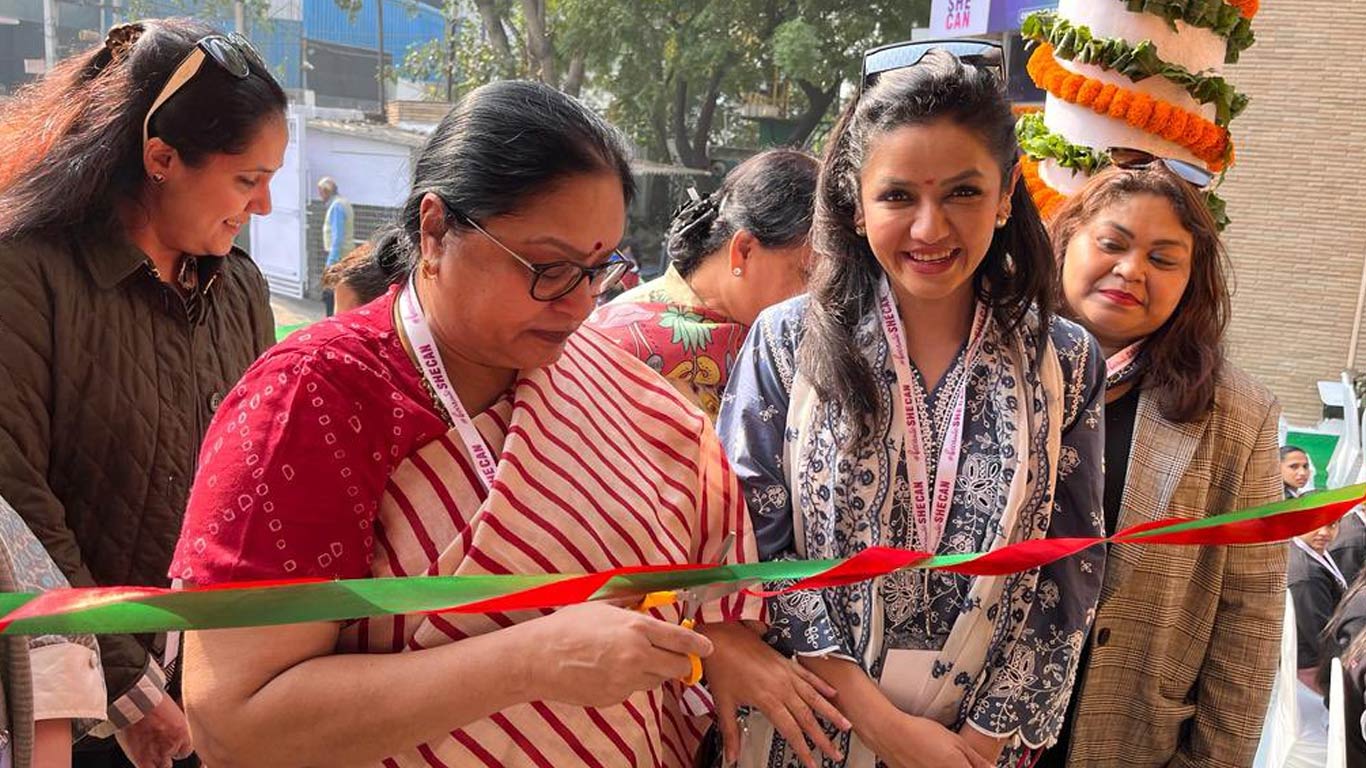
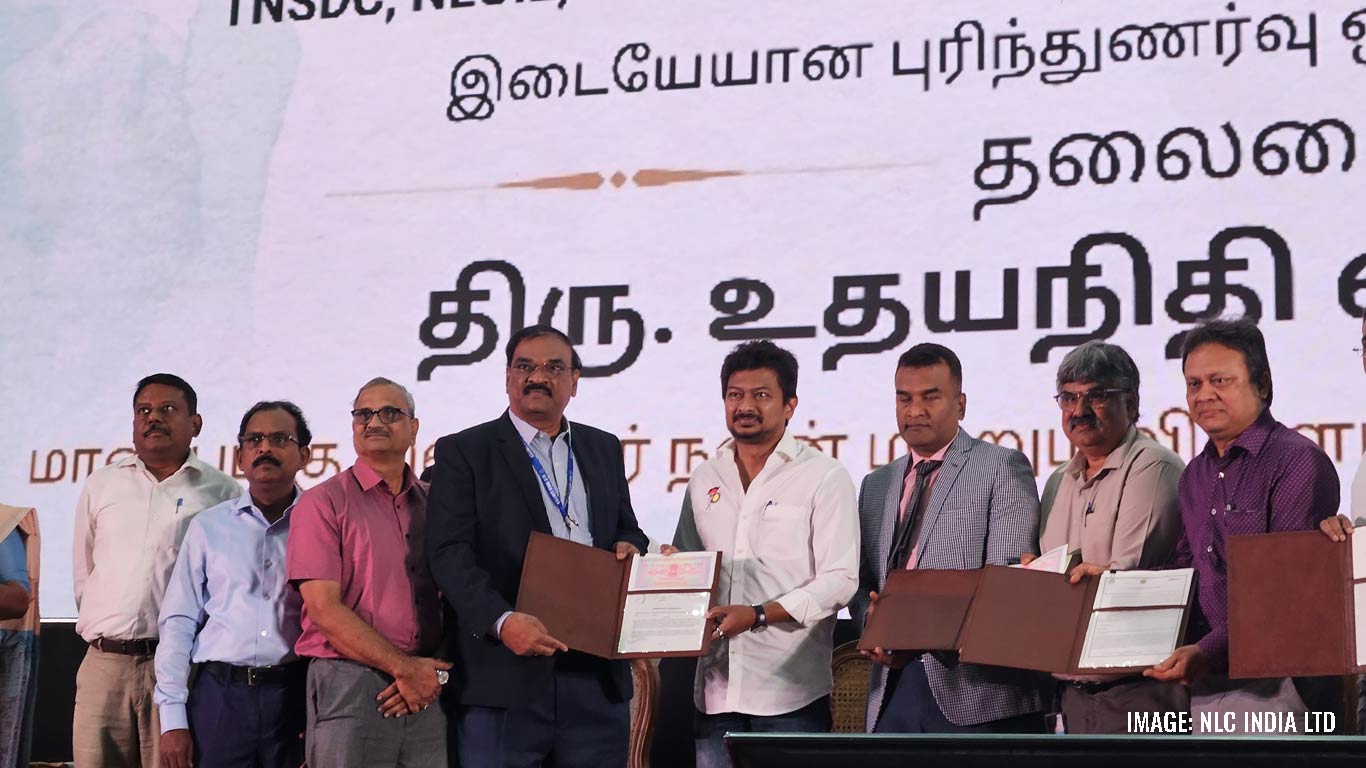
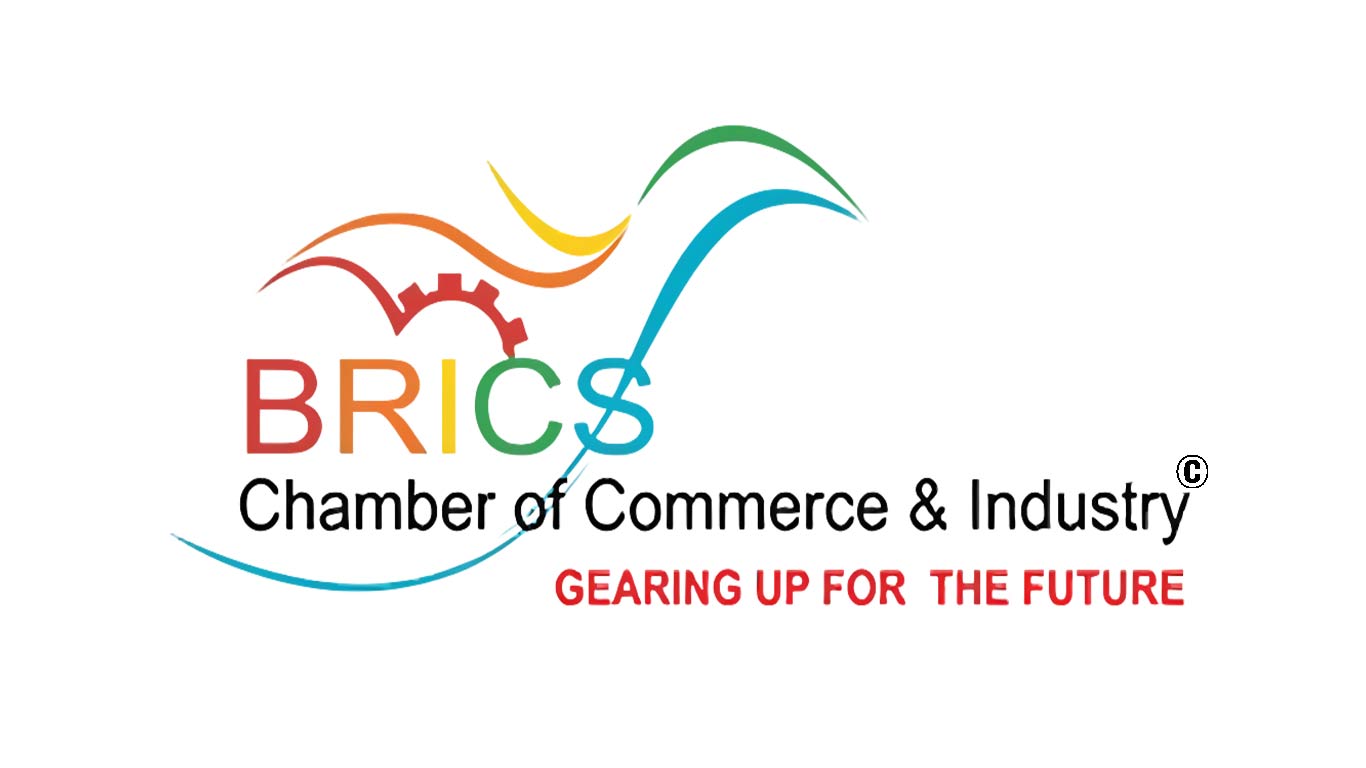
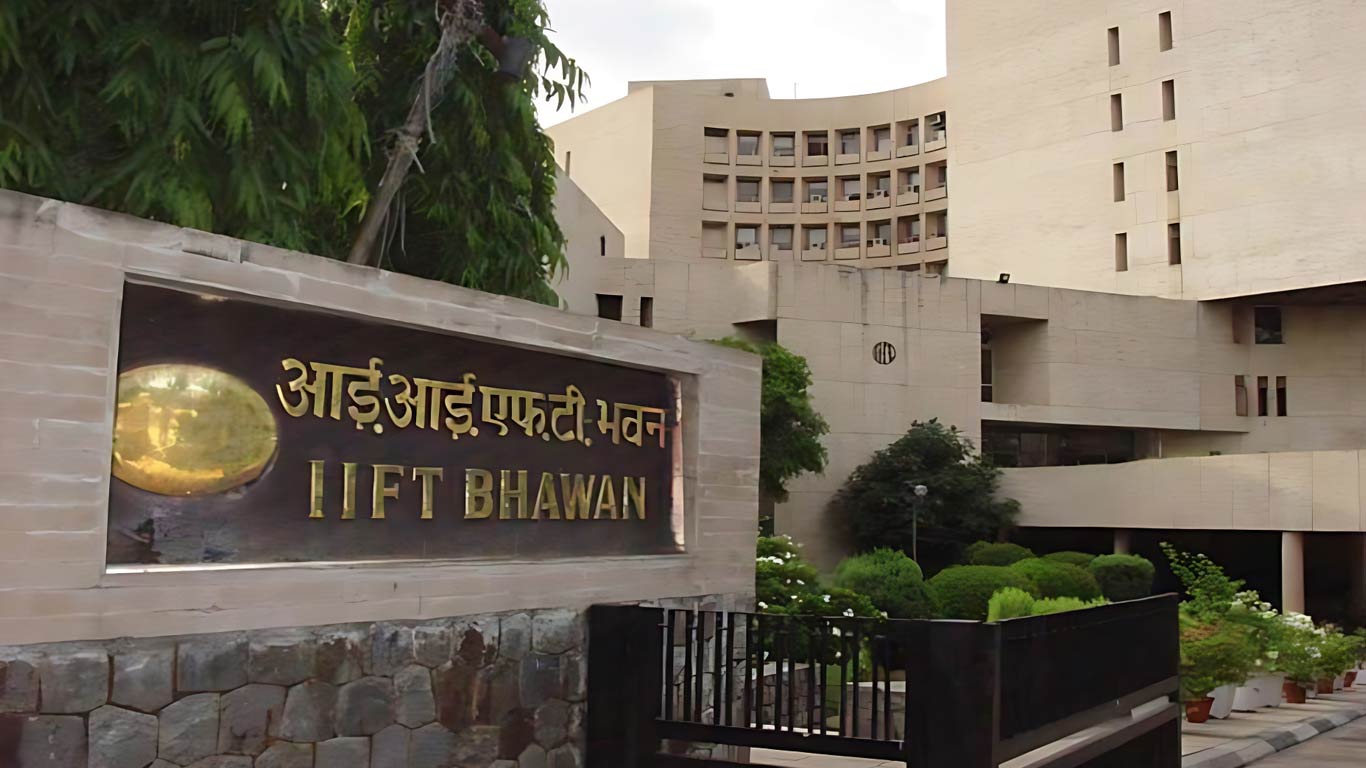
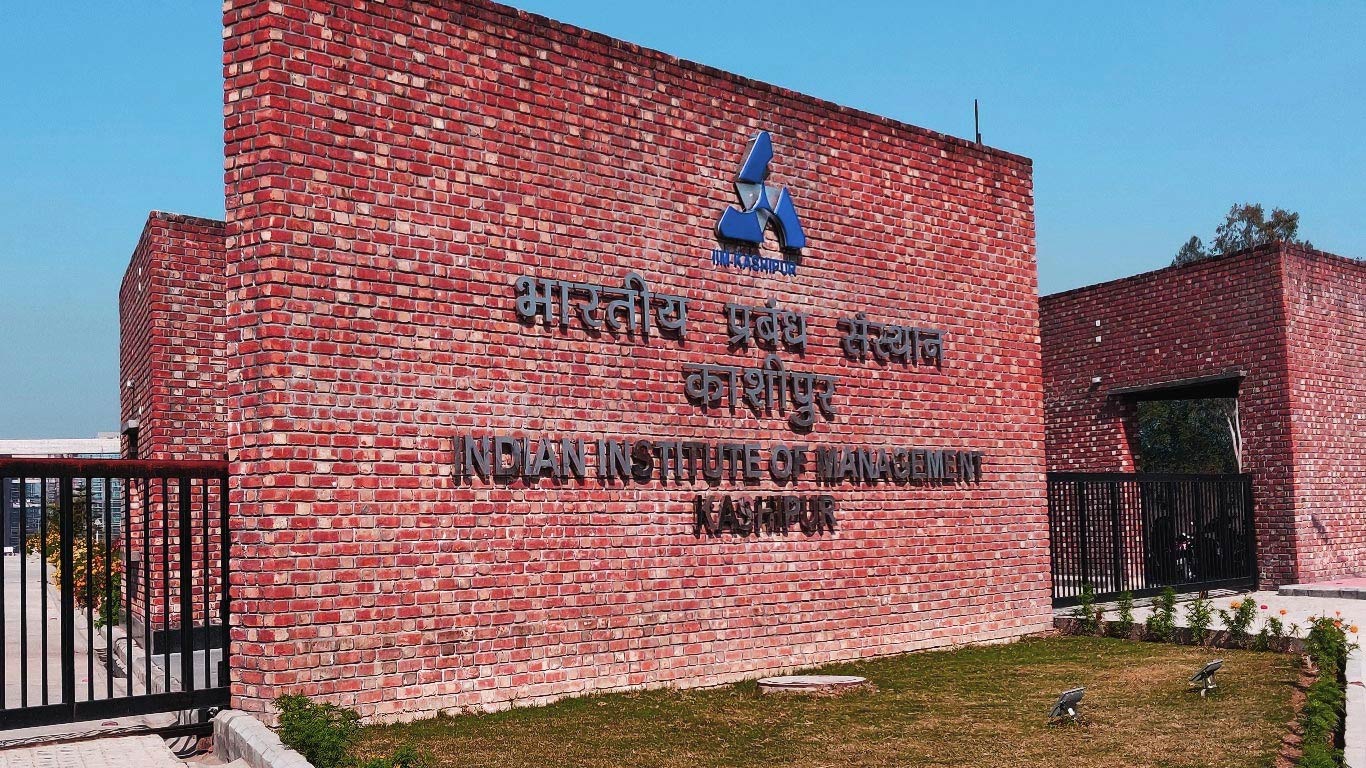





